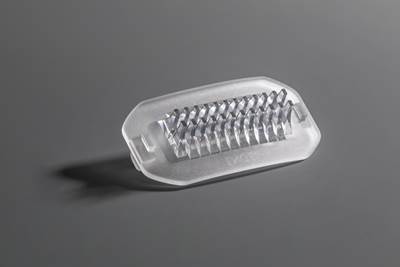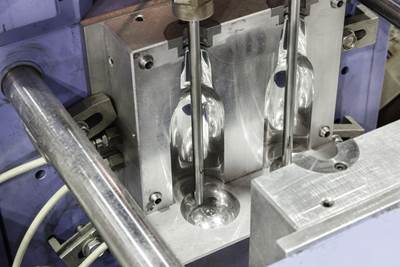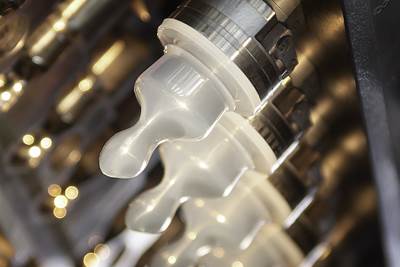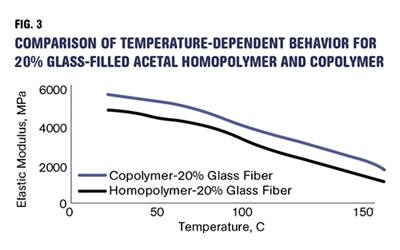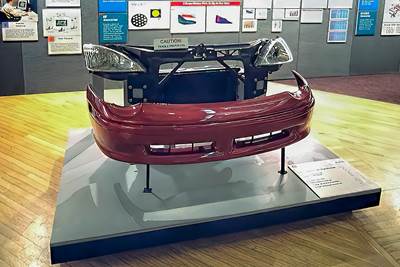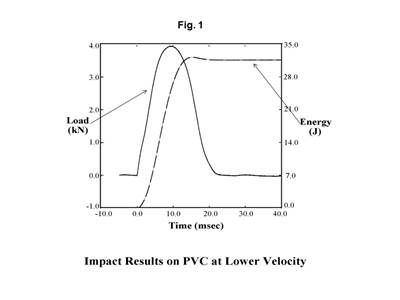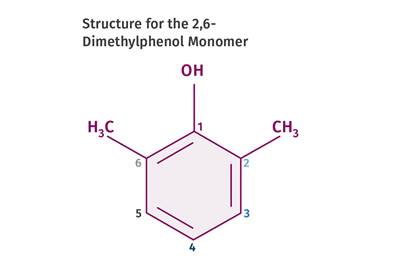Materials Know How
Tracing the History of Polymeric Materials, Part 25: Silicones
The long road to the development of silicone resulted in a chemistry that is remarkably versatile.
Read MoreThe Importance of Melt & Mold Temperature
Molders should realize how significantly process conditions can influence the final properties of the part.
Read MoreTracing the History of Polymeric Materials: Silicones
More properly known as siloxanes, silicones are a class of materials where no carbon is present in the polymer backbone.
Read MoreHow Do You Like Your Acetal: Homopolymer or Copolymer?
Acetal materials have been a commercial option for more than 50 years.
Read MorePBT and PET Polyester: The Difference Crystallinity Makes
To properly understand the differences in performance between PET and PBT we need to compare apples to apples—the semi-crystalline forms of each polymer.
Read MoreTracing the History of Polymeric Materials: Polyphenylene Oxide Blends
PPO was a promising new high-performance thermoplastic, but it could be made useful only by mixing it with a humble commodity resin.
Read MoreThe Strain Rate Effect
The rate of loading for a plastic material is a key component of how we perceive its performance.
Read MoreTracing the History of Polymeric Materials: Polyphenylene Oxide
Behind the scenes of the discovery of PPO.
Read MoreWhy (and What) You Need to Dry
Other than polyolefins, almost every other polymer exhibits some level of polarity and therefore can absorb a certain amount of moisture from the atmosphere. Here’s a look at some of these materials, and what needs to be done to dry them.
Read MoreTracing the History of Polymeric Materials: The Commercialization of Acrylic
We covered the invention of acrylic in our last installment. Here, we discuss its commercial development.
Read More